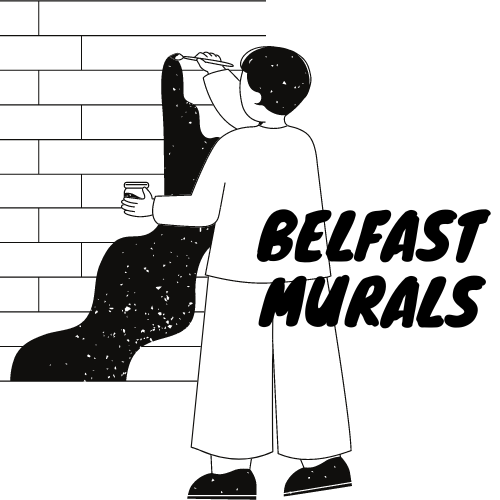The world's most famous murals
Probably no one needs to explain what a fresco is. Every schoolboy will tell you that it is a technique of painting on raw plaster. The art of fresco painting is not one thousand years old. Masters of many countries and eras have chosen this method of implementing their artistic ideas. Thanks to the unique properties of the fresco, today we can contemplate images created several centuries ago. We invite you on a fascinating journey through countries and continents to see the world’s most famous frescoes.
Frescoes of the palace of Knossos. Crete, Greece, late 17th-early 16th century BC.
Knossos Palace is the most prominent and most popular monument of Cretan architecture, referred to as a labyrinth in Greek mythology. The walls of the palace are covered with exquisite frescoes. The predominant colours of the images are red and black. The detail of some of the faces in the frescoes has led scholars to believe that the artists painted them from life. Among the frescoes in the palace of Knossos, as well as in all the art of Crete, a bull is of great importance. The animal probably played an important role in the economic life of the Cretans, in their religious and mythological beliefs. One of the most famous images from Knossos Palace is the fresco with acrobats – boys and girls – jumping over the galloping bull. They are all dressed in the same way – with bandages around their hips and metal belts around their waists. Their movements are free and agile. The width of the chest, the thinness of the waist, the flexibility and muscularity of the arms and legs are emphasised. Apparently, these features were considered signs of beauty. It is possible that such dangerous exercises with an enraged bull had not only a spectacular, but also a sacred meaning.
